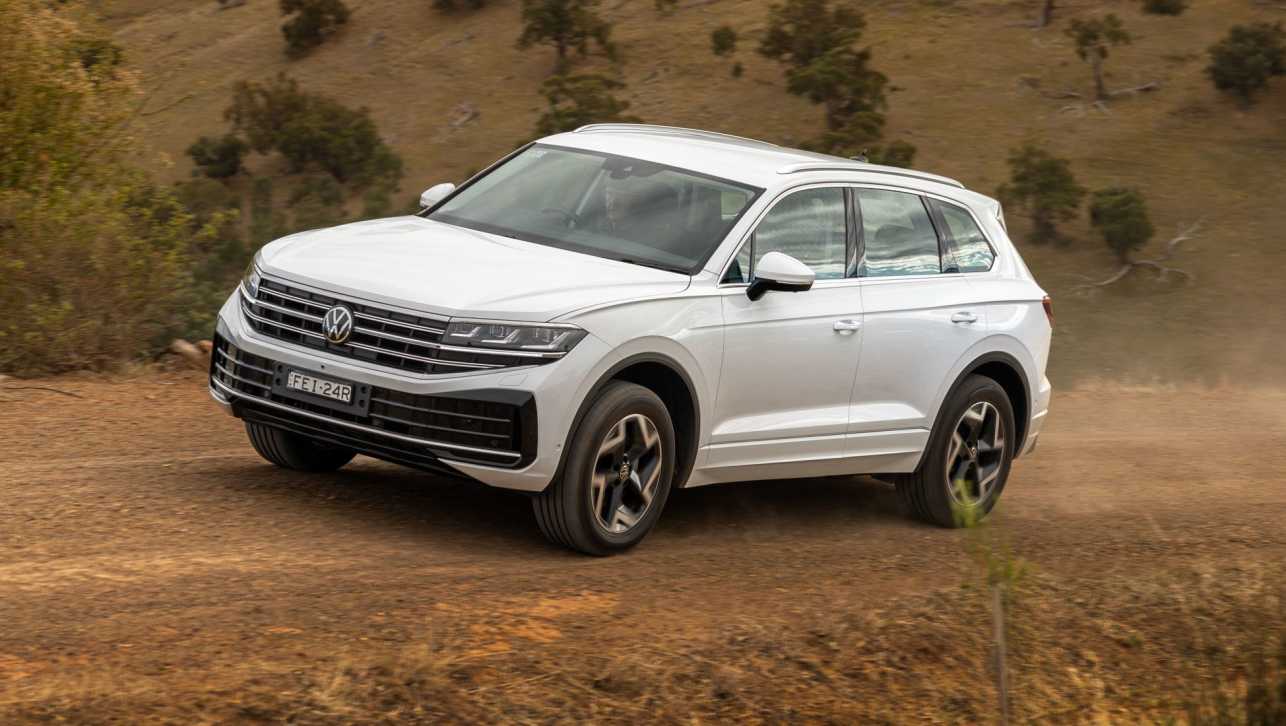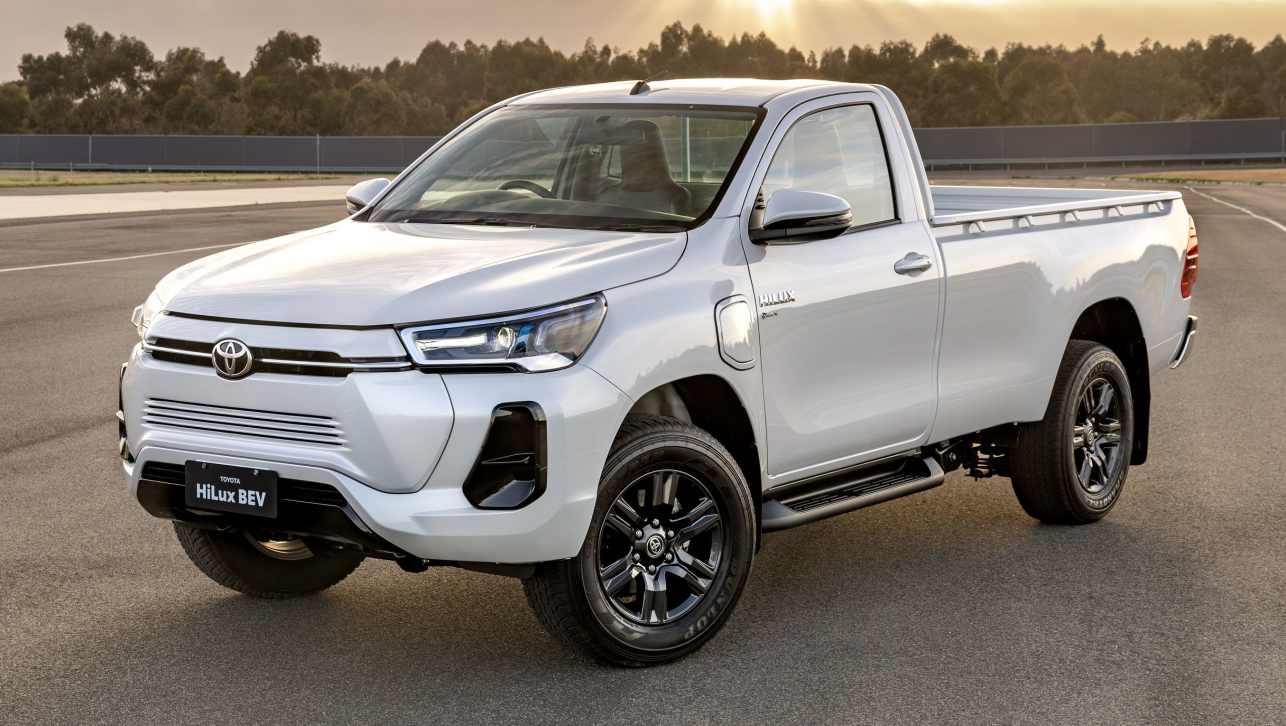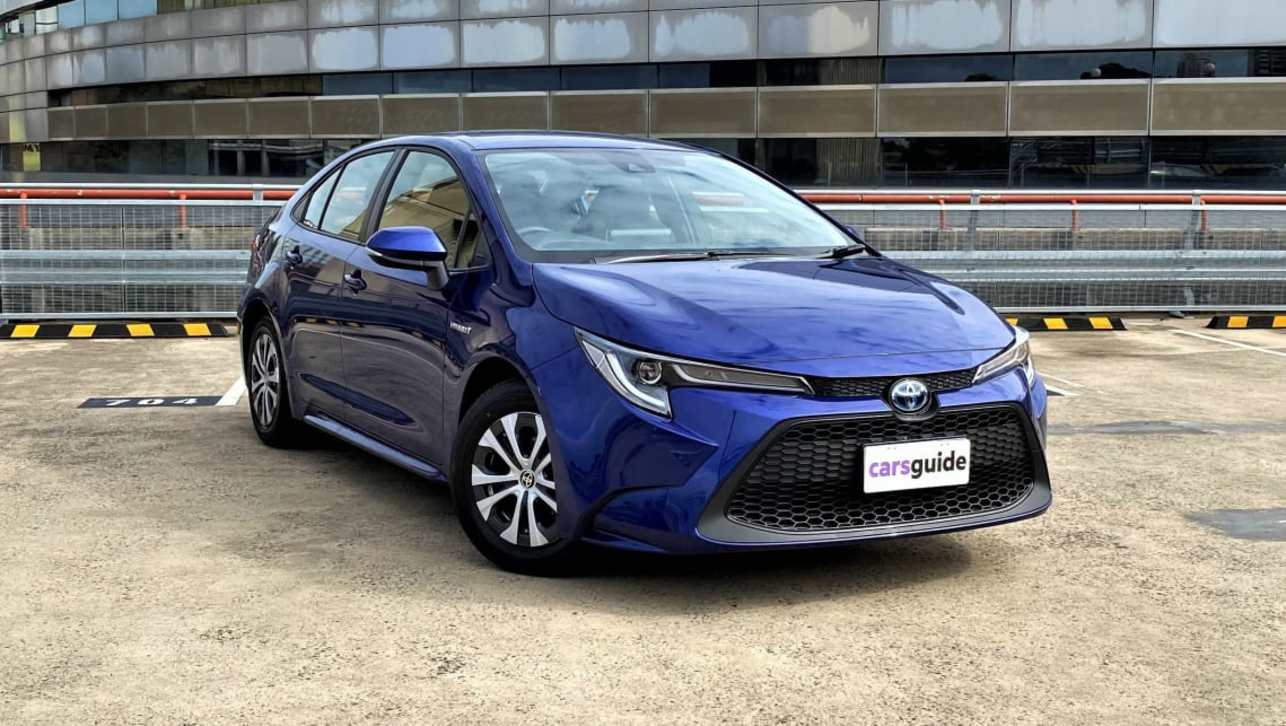One of the most shocking automotive developments of this already melodramatic decade has been the repositioning of Honda (vehicles) in Australia.
You’ve likely heard a lot about it already. Announced in early 2020 to come into effect from July 1 this year, it involves the so-called ‘agency model’, whereby the Japanese company – rather than national dealer network – owns and controls the vehicle stocks it sells, meaning non-negotiable/no-haggle drive-away pricing and online ordering.
The main benefits are said to be a stronger focus on customer service, better value and transaction transparency, with capped-price servicing of just $125 per visit for the five-year warranty period and roadside assistance also part of the deal. The latter is said to save the owner “over $2000”, according to a company spokesperson.
But it’s come with plenty of other costs as well, starting with choice. The number of different Honda models available now, for instance, has fallen off a cliff.
The innovative Jazz supermini is gone despite a brilliant replacement sold elsewhere, along with the stalwart Odyssey people mover and NSX hybrid supercar, while the cheapest Civic went from $23,790 before on-roads 18 months ago to $47,200 drive-away with last month’s redesign – though it is a sole, high-grade VTi-LX now.
Price rises have also hit the HR-V (small) and CR-V (medium) SUVs since mid-year, but much larger ones are now anticipated when their respective replacements surface – from early next year in the case of the former. The eagerly-awaited e:HEV petrol-electric hybrid versions of each are also expected to cost luxury Euro brand money. Ouch.
.jpg)
Critics of Honda’s model – who were already having a field day damning the move – declared an all-out calamity when that latest Civic pricing hit, pointing en masse to the considerable 40 per cent sales slide in Australia (year to date), in a market that’s up nearly 20%, and with most historic rivals like Mazda, Subaru, Toyota and even Peugeot also chalking up double-digit growth.
Or, put another way, Honda Australia may struggle to crack 17,500 sales in 2021. That would be exactly half of 2011’s tally and a far cry from record 60,529 registrations in 2007. The year before, the company was bullishly predicting up to 100,000 sales annually by the end of that decade, boosted by the Acura luxury brand that never materialised in the wake of the global financial crisis. How things have changed.
.jpg)
It’s worth remembering, however, that Honda Australia predicted one thing correctly – that sales would drop post the July 1 agency-model implementation, especially with fewer models and dealers and no opportunity to haggle, as prioritising consumer satisfaction is deemed the only way to sustainability and profitability in the long term.
Playing the long game is Honda’s brave plan, and taking a big volume hit early is the price to be paid.
So, have the widespread critical analyses missed the point by failing to scratch beyond the surface or understand the history and reasoning behind Honda’s dramatic decision?
.jpg)
The fact is, even with the commercial success of the HR-V and CR-V, Honda has not offered great cars and SUVs in Australia for years, with the brand regularly copping flak from the press for being a shadow of its former self. What was regarded as “the BMW of Japan” in the 1980s and ‘90s became – with a few exceptions – the maker of competent but bland vehicles.
There are plenty of examples of this in the company’s recent back catalogue.
Up until the mid-2000s, the Jazz and Civic were made in Japan, but largely switched to Thai sourcing to keep a lower price point in Australia. The Accord had become an American Toyota Camry clone the decade before but at least the Accord Euro flew the sports sedan flag… until it was dropped. And the Odyssey – once a dignified three-row wagon – turned into a charmless van-like oddity.
.jpg)
And then there are all the evocative coupes that reflected founder Soichiro Honda’s (1906-1991) philosophy of technological advancement and innovation through motorsport competition, including Integra, CRX, Prelude and even the CR-Z; all petered out, while 2016’s NSX missed the point entirely by costing Ferrari money. The recently discontinued, supernaturally sharp Civic Type R was one of the few bright spots enthusiasts could cling to, even with its gargoyle styling.
.jpg)
Let’s too not forget about F1 success, world-first low-emissions CVCC engines of the 1970s that has saved countless lives for the cleaner air quality it ushered in, four-wheel-steering, variable-valve timing engines, hybrid tech and weight-reduction engineering that were decades ahead of most rivals.
Honda must be fed up with journalists bringing up the glory days, though, because – and this is great news for readers with longer memories of past ground-breaking Hondas – a product-led return to innovation is already underway.
By most accounts, in its 11th-generation guise for 2022, the Civic has rediscovered its athletic and design mojo. The coming HR-V evolves its predecessor’s innovative packaging with hybrid powertrains while the 2023 CR-V will also adopt electrification as well as an expected significant uplift in refinement.

Plus, the possible ZR-V SUV that’s rumoured to be coming soon will forge new territory for the brand against the likes of the Subaru Forester in the booming outdoors lifestyle field, while the Fit supermini – a fourth-generation Jazz by any other name – may eventually find its way to Australia after all, to showcase the company’s expertise in exquisitely engineered city-car presentation.
These will be joined in due course by others, including a still-secret crossover battery electric vehicle, to help reinstate Honda’s green credentials – something it hasn’t enjoyed in largely EV-agnostic Australia since the early Civic hybrid days. And don’t forget, our first-ever modern hybrid wasn’t a Toyota Prius but the otherworldly original Insight – still one of the most economical and aerodynamic cars ever sold in this country, 20 years on.
Yes, Hondas will no longer be priced against Kias and Toyotas. But there’s now plenty of evidence suggesting that the new wave of models is now good enough to once again challenge premium brands like BMW and Mercedes-Benz.

And there’s the catch that is the company’s current conundrum. We’ve been crying out for Honda to be brave and bold again for decades, but are Australians prepared to pay the inevitable higher prices that such innovation demands now that it’s finally delivering?
Well, once consumers see the latest and coming new models for themselves, maybe.
One of the most revered Civics of all time – the EG series released 30 years ago – actually still cost more when new (inflation adjusted) than the latest model that’s currently creating such hysteria. Consider that 1991’s $26,240 Si auto three-door equivalent to today’s $47,200 VTi-LX would cost about $52,500 in 2021 dollars – and that’s before drive-away taxes, and with only scant safety and very few luxuries beyond power windows, air-conditioning and a radio-cassette player.
.jpg)
Plus, Civic also undercuts the Mercedes A180 and BMW 118i. Australia doesn’t need an inferior Toyota clone. A cheaper Audi A3 alternative from Japan makes much more sense.
If the spirit and joy of old Honda returns but reimagined and recharged for the 2020s, then that’s progress.
Let's give the brand that was once dubbed "the fear of Europe" a chance.




.jpg)
.jpg)



.jpg)




.jpg)
.jpg)





.jpg)


.jpg)





.jpg)
Comments